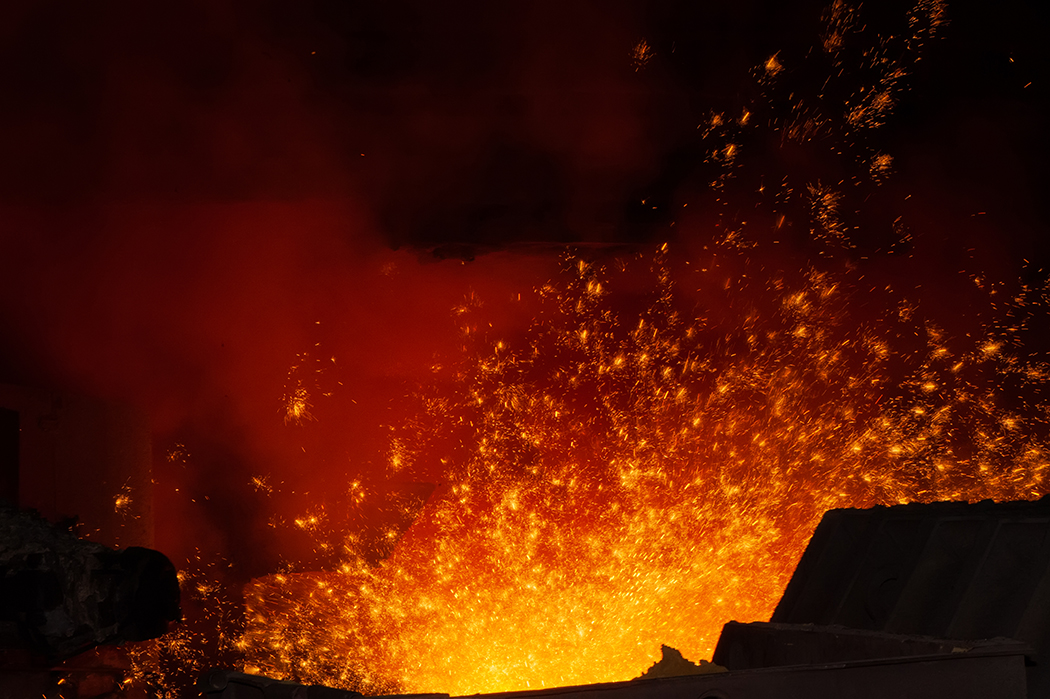Following Charlottesville City Council’s decision to remove the statues of Confederate generals Stonewall Jackson and Robert E. Lee from the downtown parks, many members of the community voiced their support for melting down the statues rather than relocating them. That got us wondering: What does it take, logistically, to melt a statue? C-VILLE spoke to several welders and metalworkers to determine how it would be done and what could be produced from the leftover material.
The consensus among these craftsmen was that no facility in Charlottesville would be able to handle such an operation. The statues would have to be transported to a location such as OK Foundry in Richmond, which can melt up to 8,000 pounds of metal per day—but only 2,000 per furnace. The statues each weigh around 6,000 pounds, meaning they would have to be cut into pieces first. According to Jason Dickerson of Quality Welding Inc, bronze is a “sticky” material that would require a wet saw rather than a dry saw in order to accomplish this.
After cutting the statues into manageable chunks and melting them down (which would required heat between 1,600° and 1,800° F, depending on the ratio of components in the alloy), a new use could be found for the bronze. The statues are both very valuable from a raw materials standpoint, and multiple metalworkers emphasized how important it would be for the melted-down bronze to be repurposed.
Zack Worrell, founder of Monolith Knives, says it would be possible for an artist to create a new piece using the metal, though not a simple task. Like many who spoke at the June 7 meeting, Worrell says the city should find “acclaimed artists from around the country, some artists who are actually from Charlottesville, and maybe community members” to create a work of art that speaks to and serves Charlottesville.—Joseph Riley
